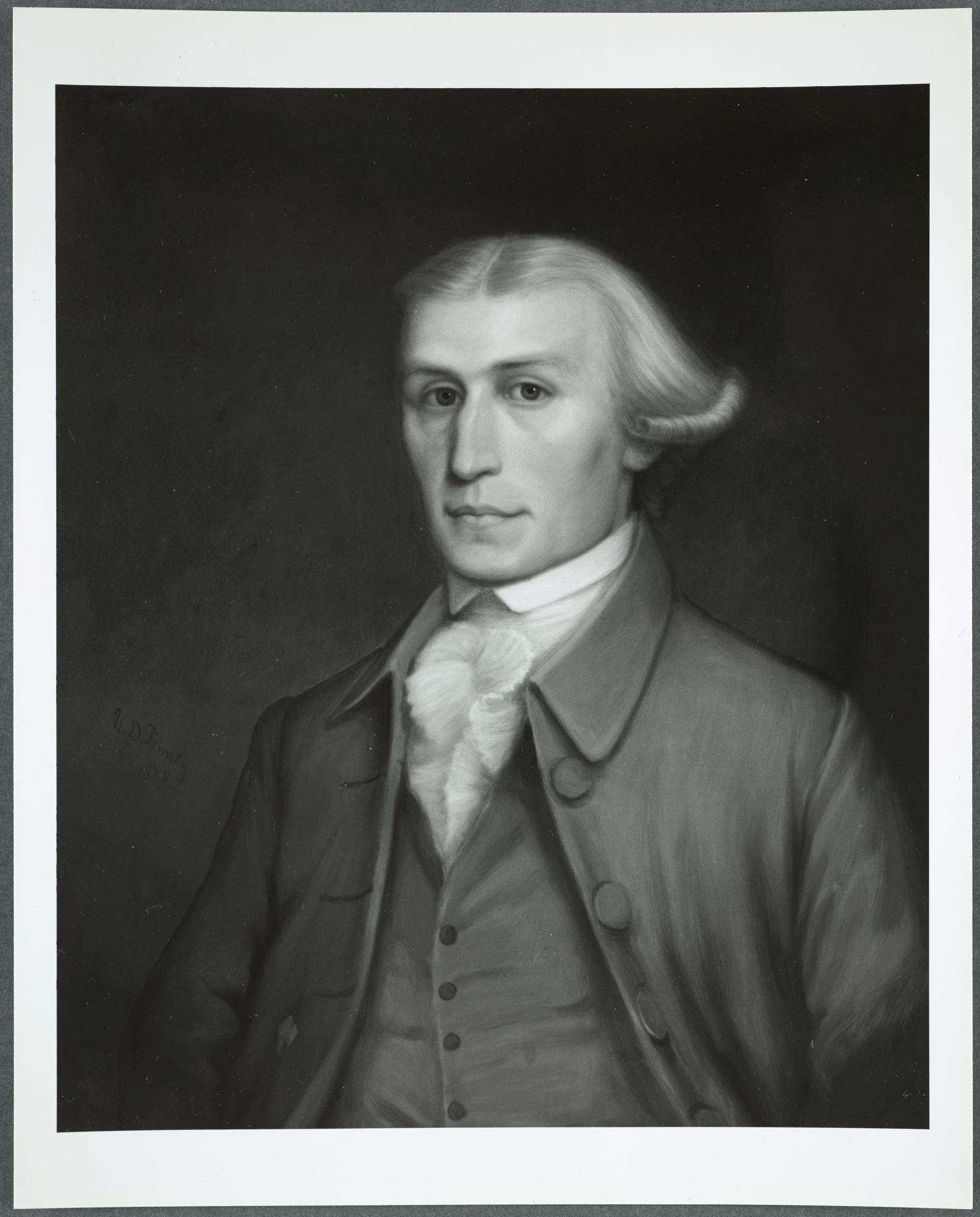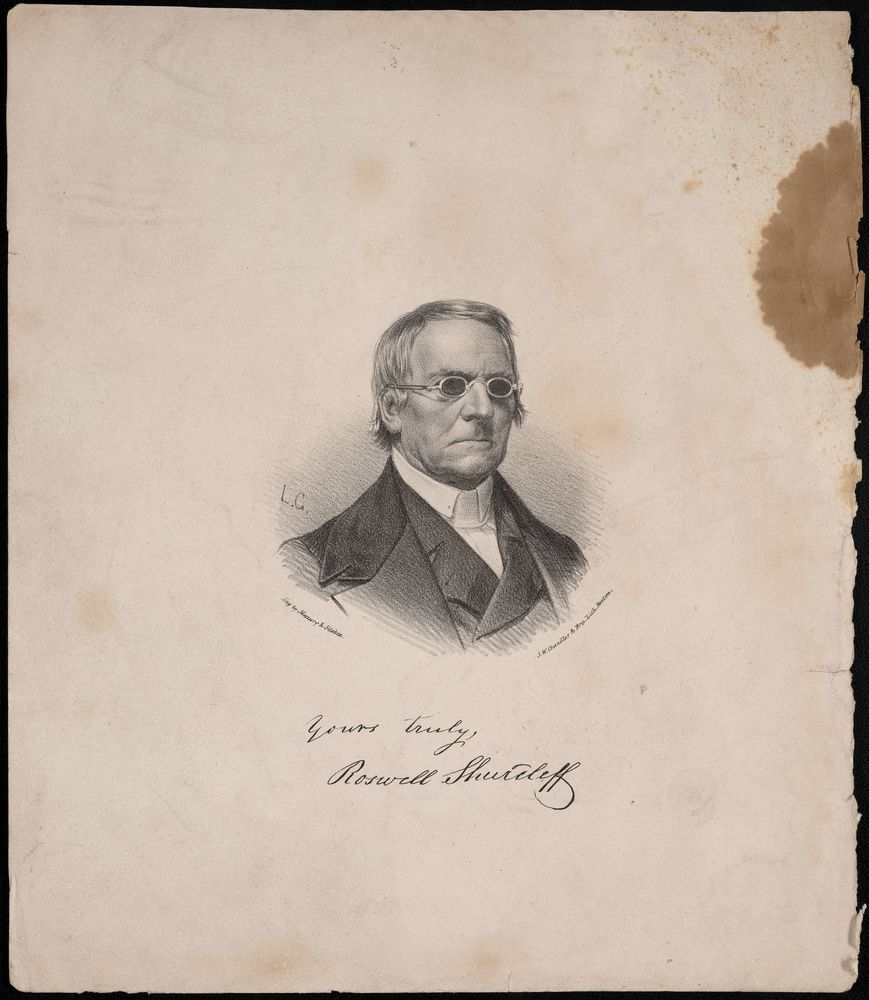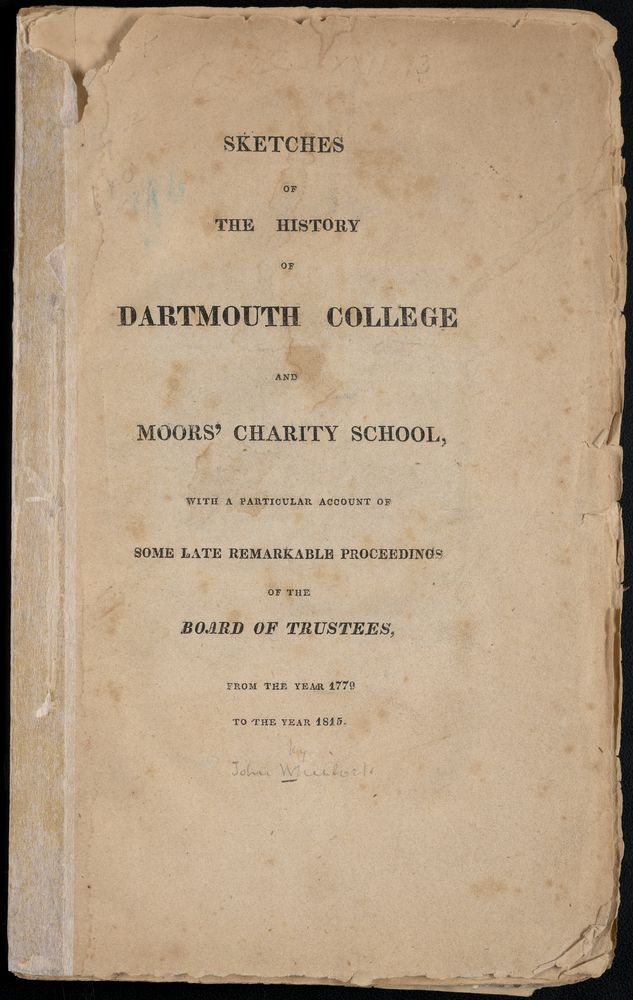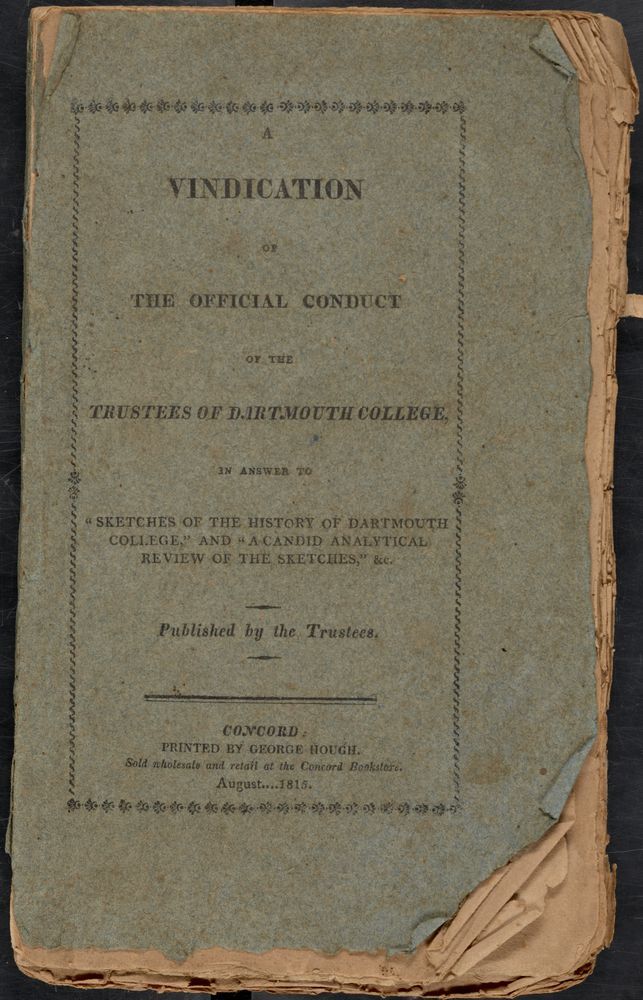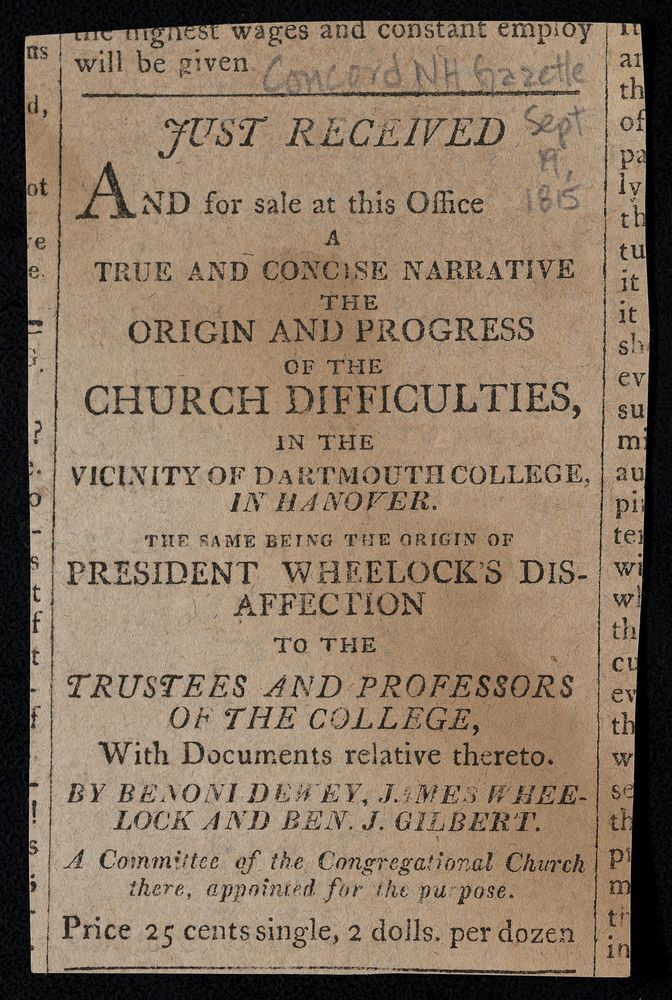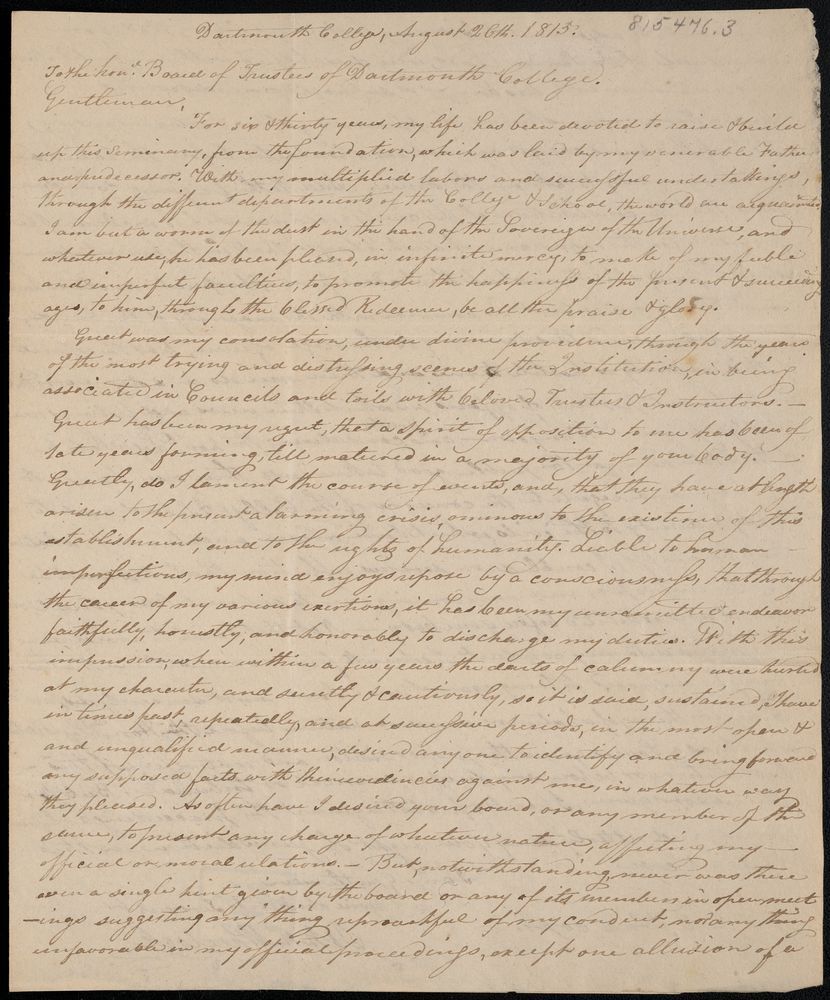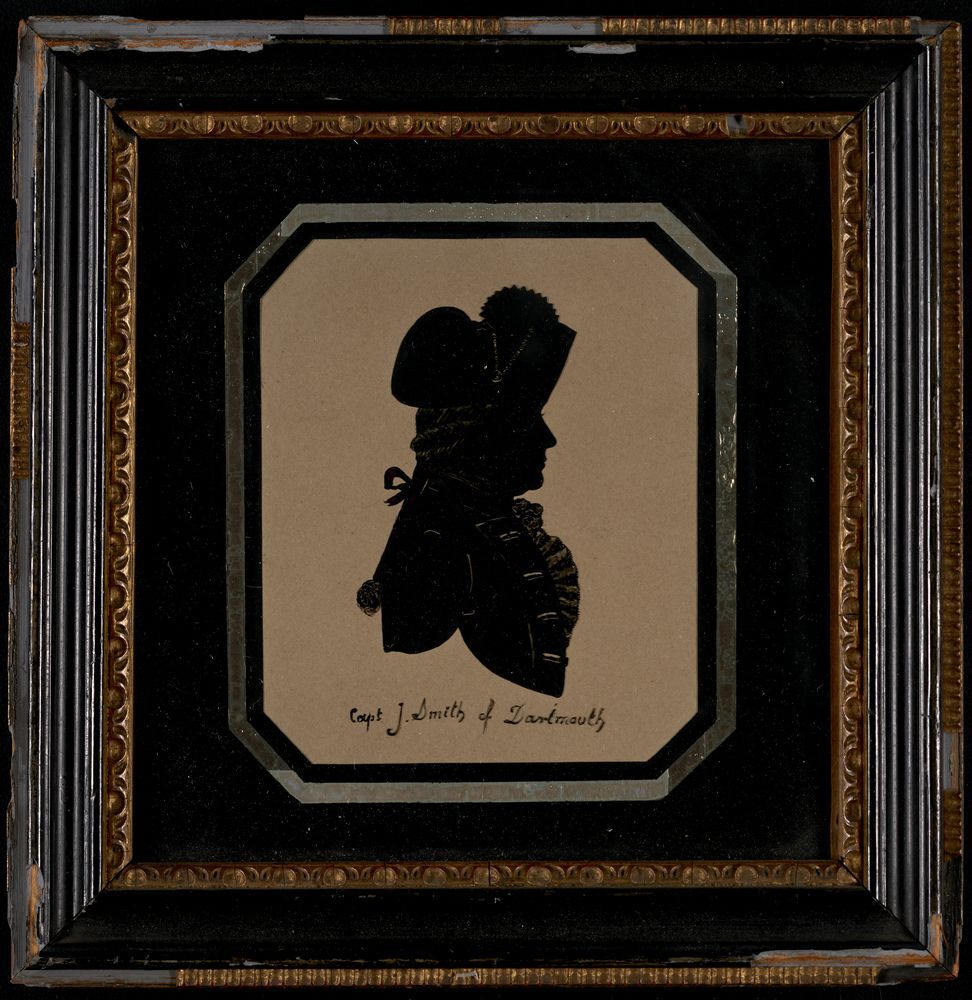Dissent and Discord
When John Wheelock took over the presidency of the College in 1779, he inherited a docile Board that had allowed his father free rein. By the time John had been in office twenty-five years, the Board had seen some changes and the new members felt that John was too autocratic in his approach. In 1811 a dispute related to Roswell Shurtliffe, Professor of Theology, preaching in the local church, blew up into a quarrel between the Board and John. This resulted in the Board curtailing some of the president’s duties. In 1814 John anonymously published a pamphlet in which he accused the Trustees of overstepping their power. Even though the pamphlet was anonymous, its authorship was clear from the content. The Trustees retaliated with their own pamphlet and eventually removed John from the presidency. Federalist though he was, John appealed to the Republican governor for help against the College’s Trustees. Governor William Plumer passed an act that increased state control of the College and changed its name to Dartmouth University, but the College Trustees refused to back down.
Previous: About -- Next: The New Hampshire Case

